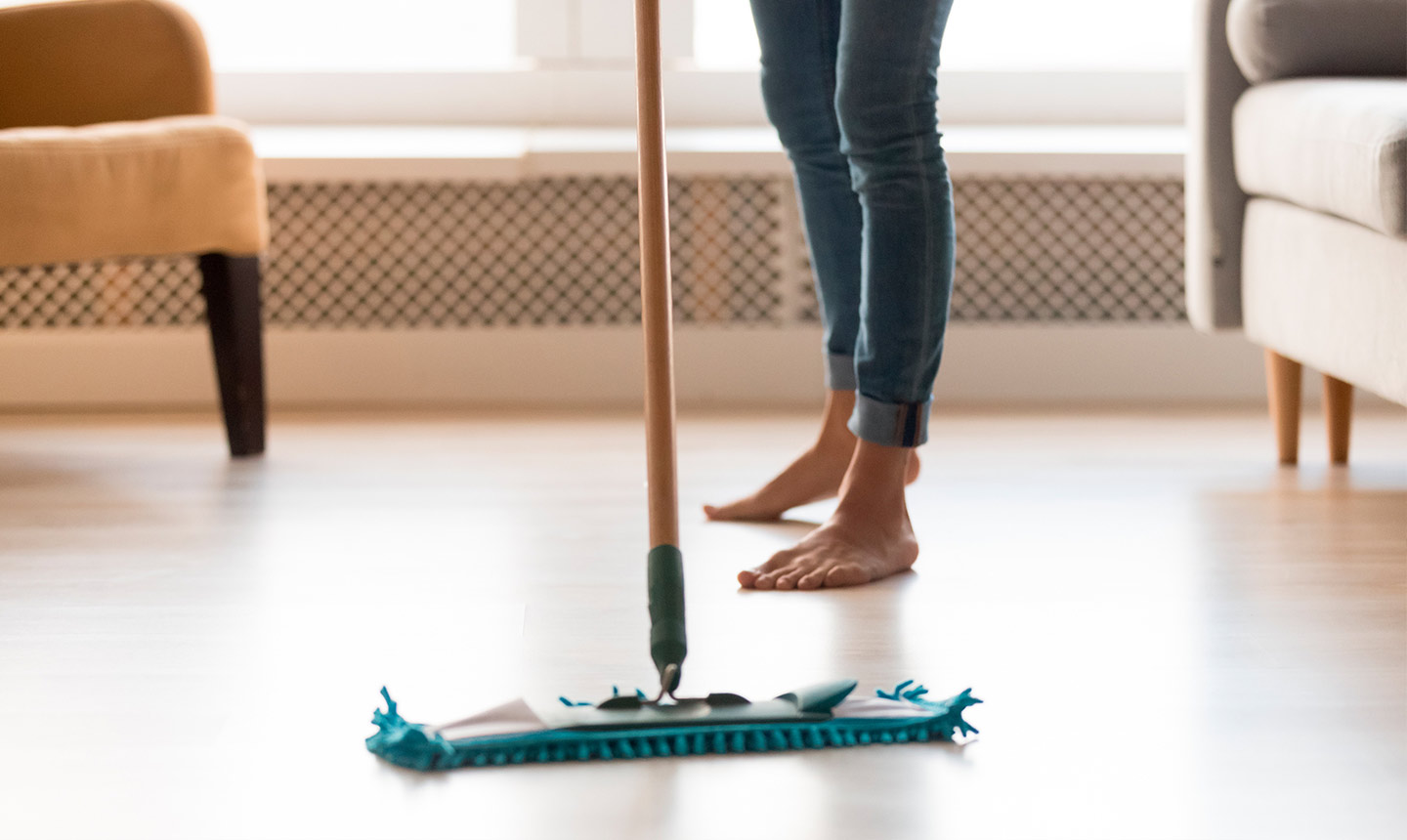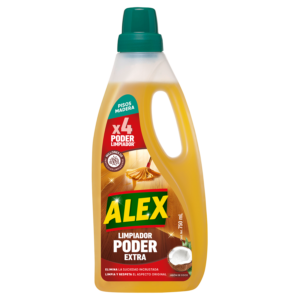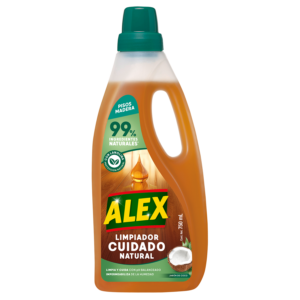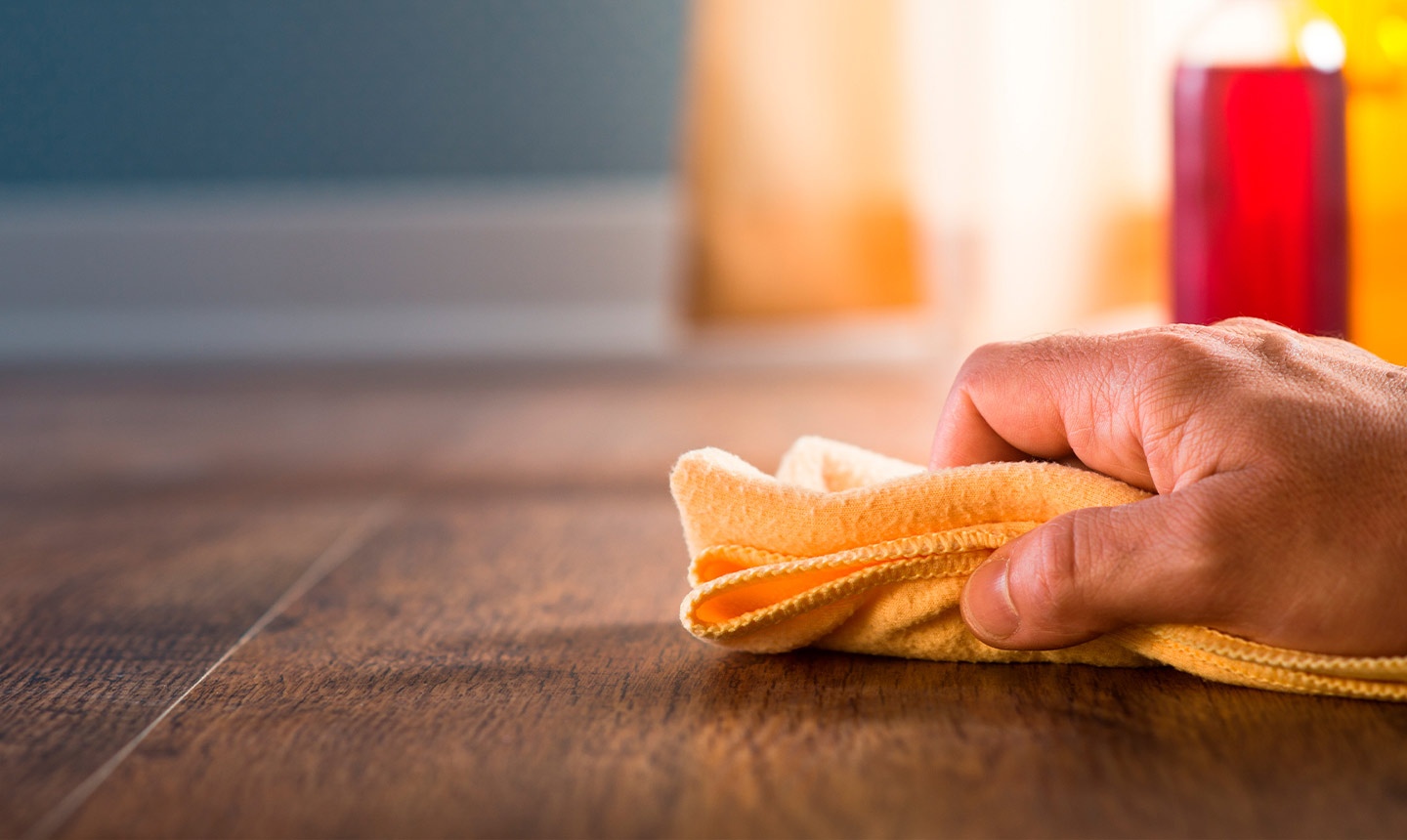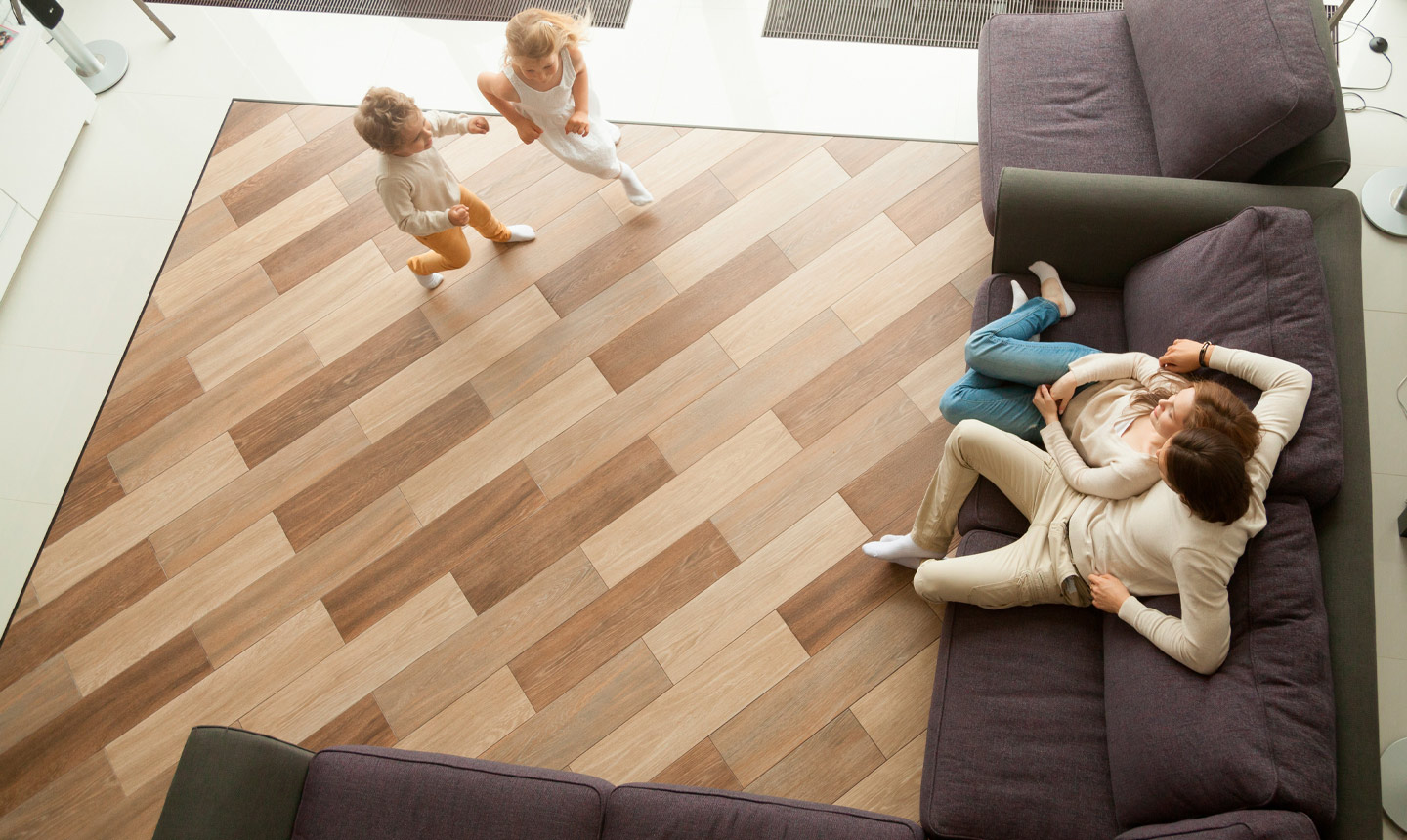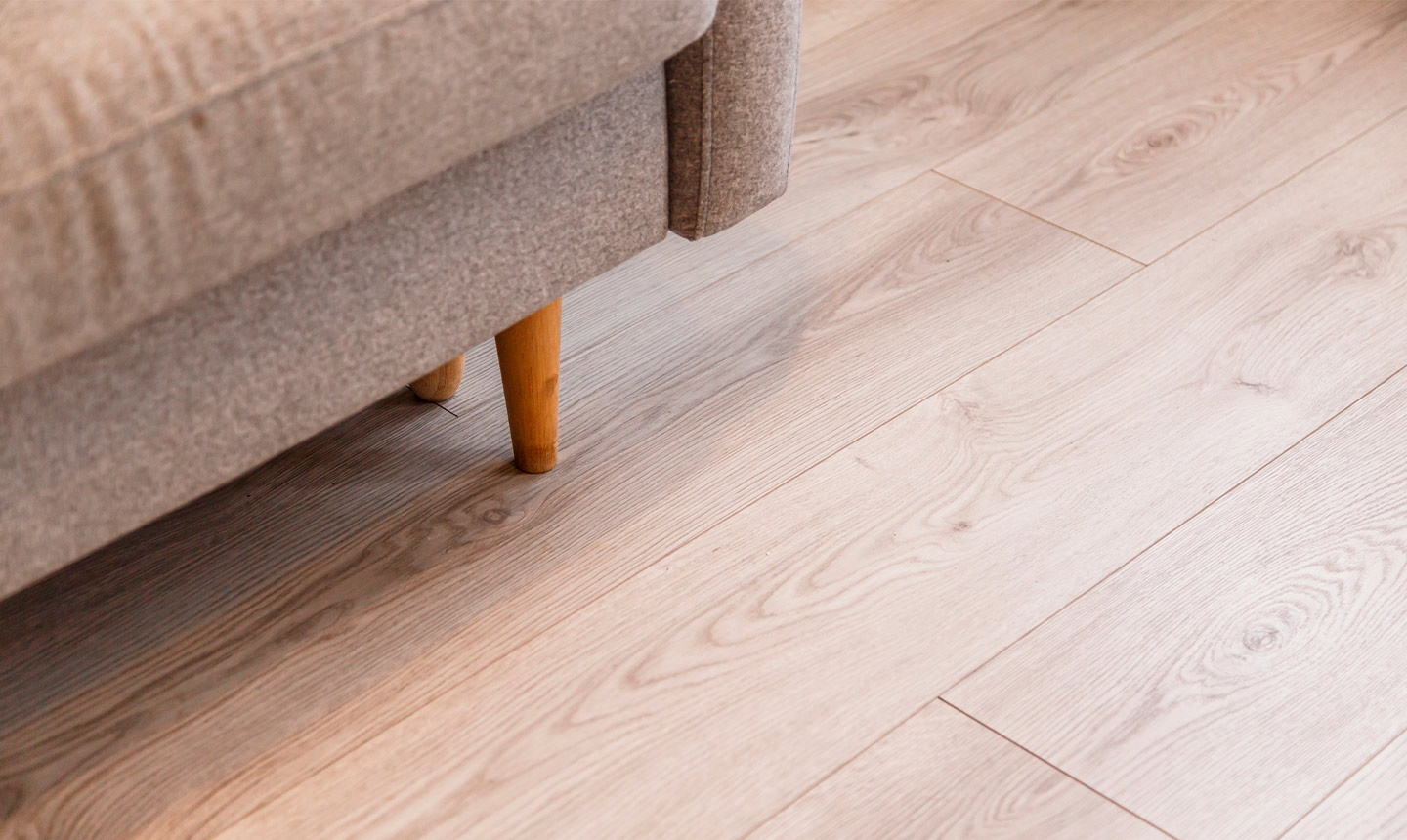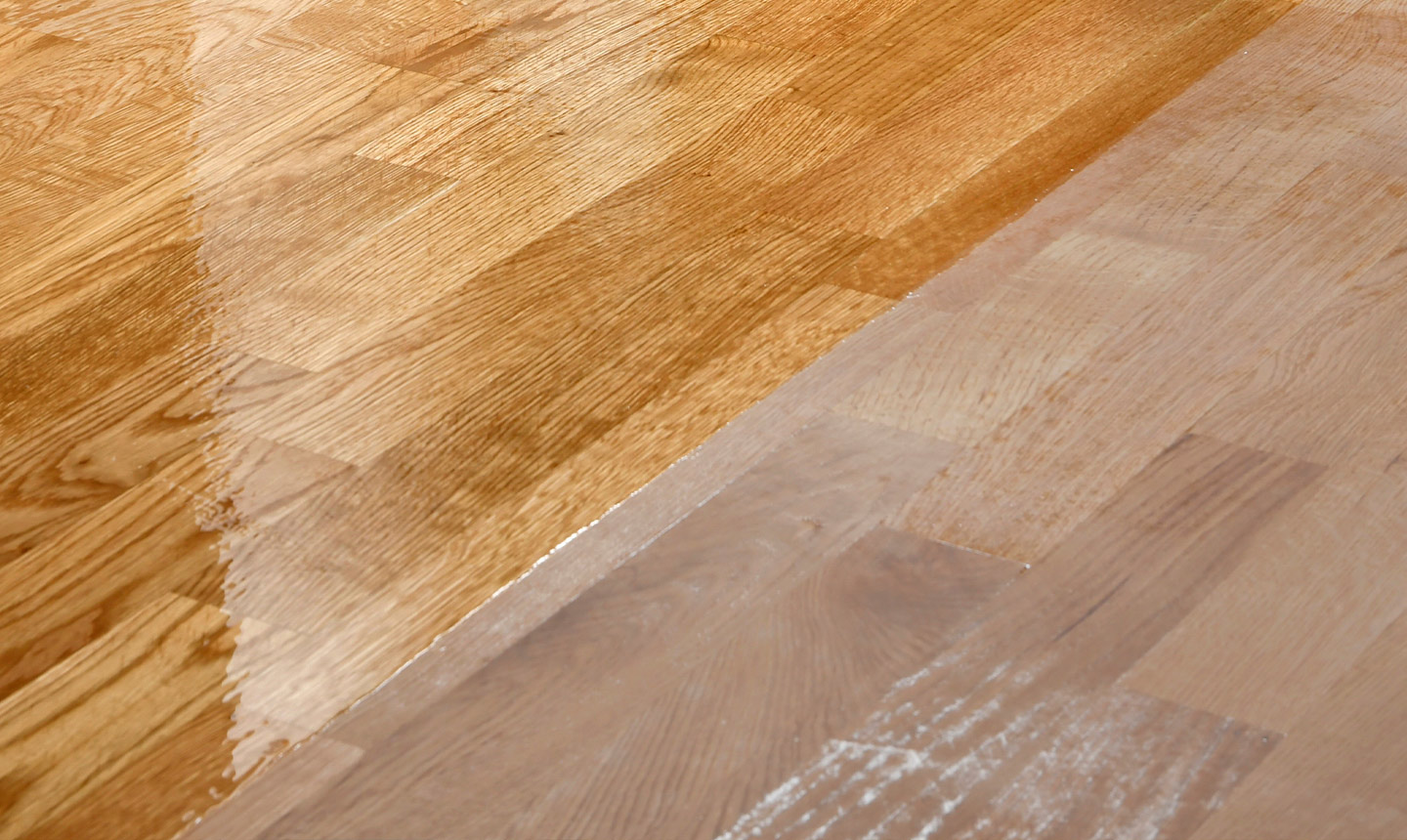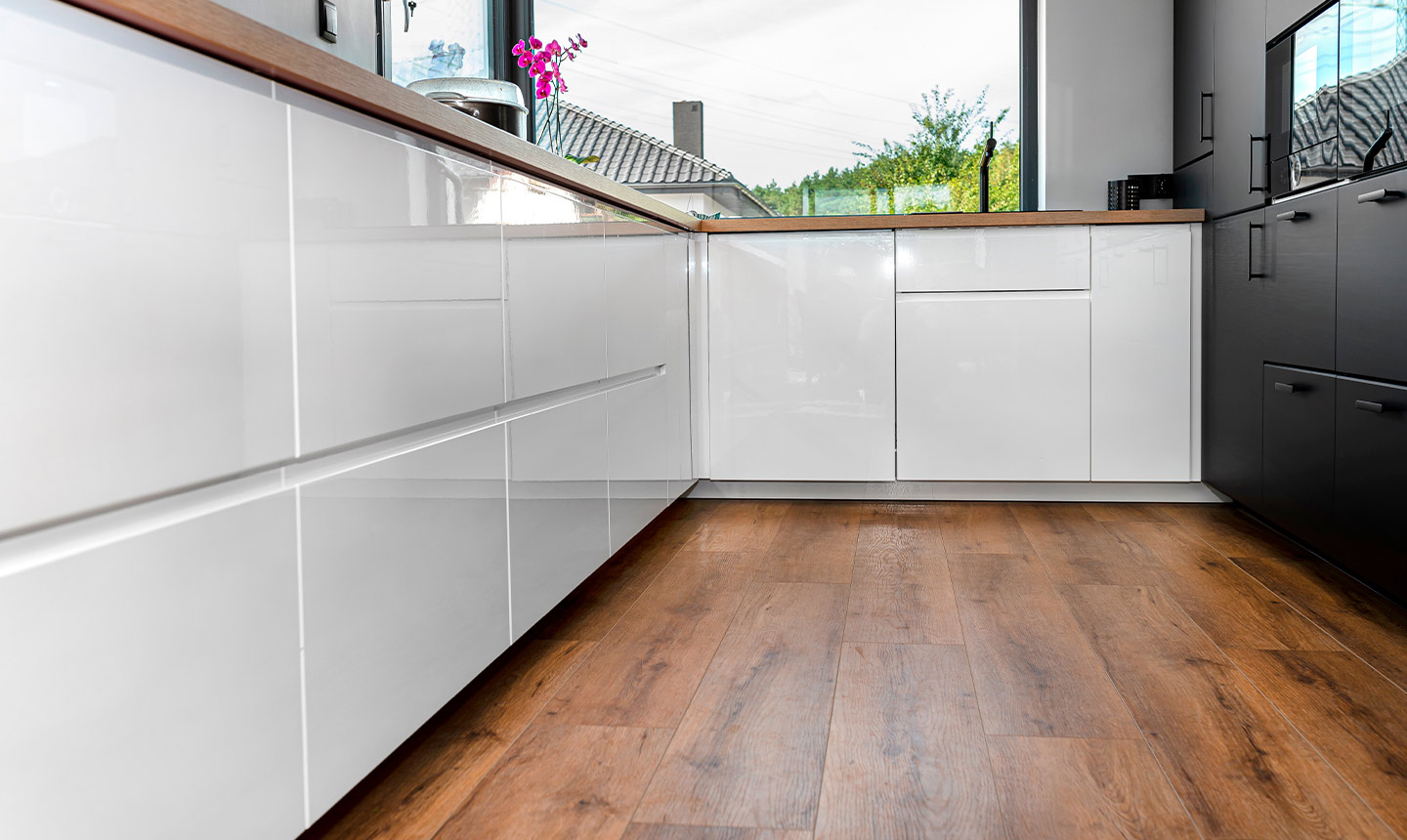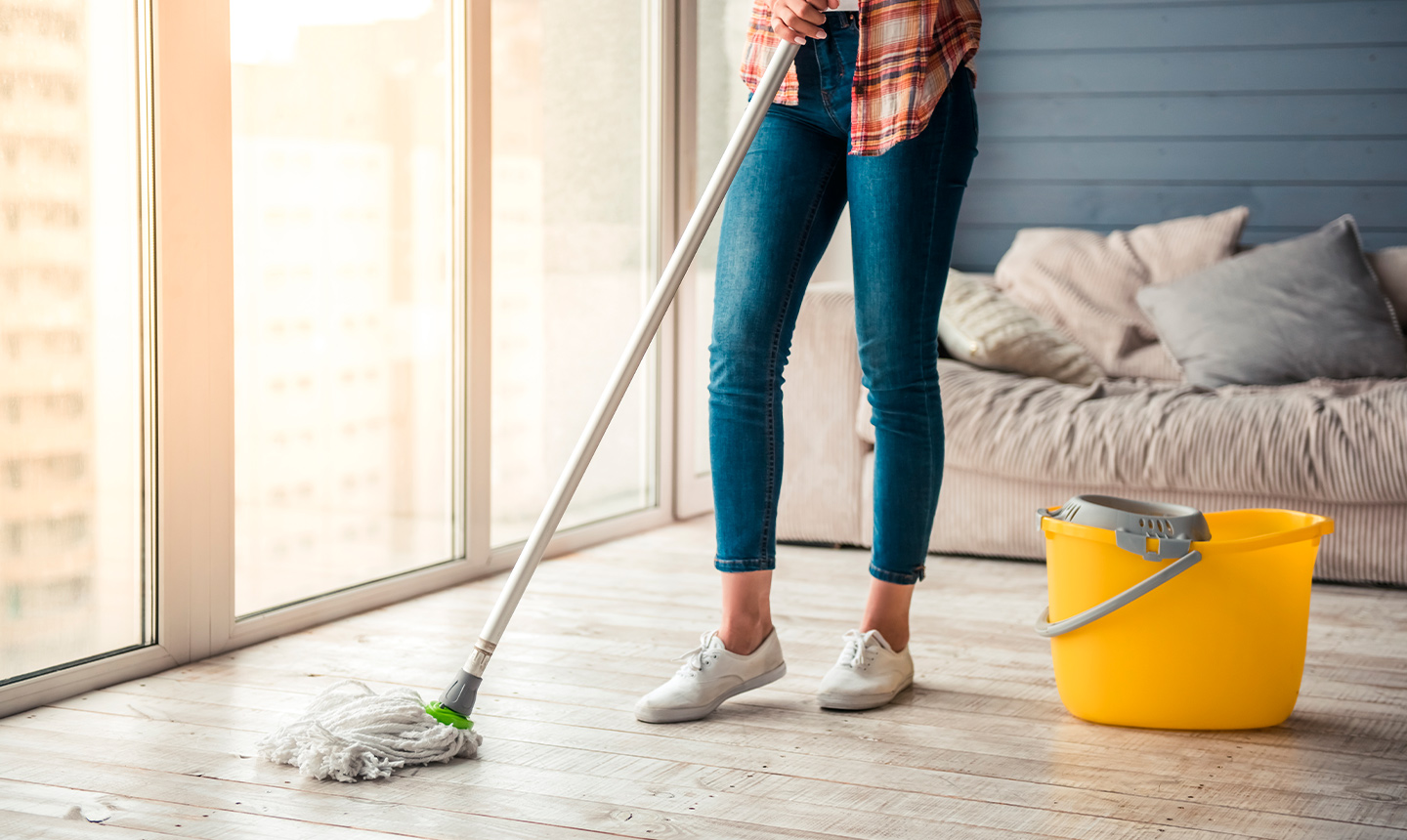In recent years, parquet-type floors, such as laminate or porcelain stoneware, have become spectacularly popular. These require faster care than natural parquet.
To begin with, the first point to take into account when cleaning these floors is to know what type of parquet it is, because each parquet requires different cleaning and care:
* Natural parquet is made of solid wood and is divided into two categories:
1) Industrial: small slats. This is very durable and tends to fade and loosen less than classical parquet.
2) Strips: This is the classical parquet treated and ready to be laid on a specific support.
* The default parquet is the fastest and easiest type to lay because it is painted and does not require any treatments.
* Special effect parquet can be made with recycled or old woods, or also with special designs to give a unique effect.
* The privileged parquet is the unfinished raw type that must be treated after laying.
Regardless of the type of parquet, daily cleaning is essential and this can be done with a broom or a vacuum cleaner. It is very important to be careful to use the right brushes, as stiff brushes could damage floors. Another solution is to remove dirt with microfibre cloths or mops to give the floor a perfect finish.
When it comes to washing parquet, there are simple rules to prevent the floor from being damaged: the first is not to pour water directly onto the parquet flooring, as the water can settle between the micro-cracks in the wood and cause damage. So the floor should be dampened as little as possible and be dried after washing to avoid stains and other possible damage.
The second rule is not to use ammonia or bleach. Instead, use specific and special products.
Now it’s your turn, it’s time to put it into practice!
